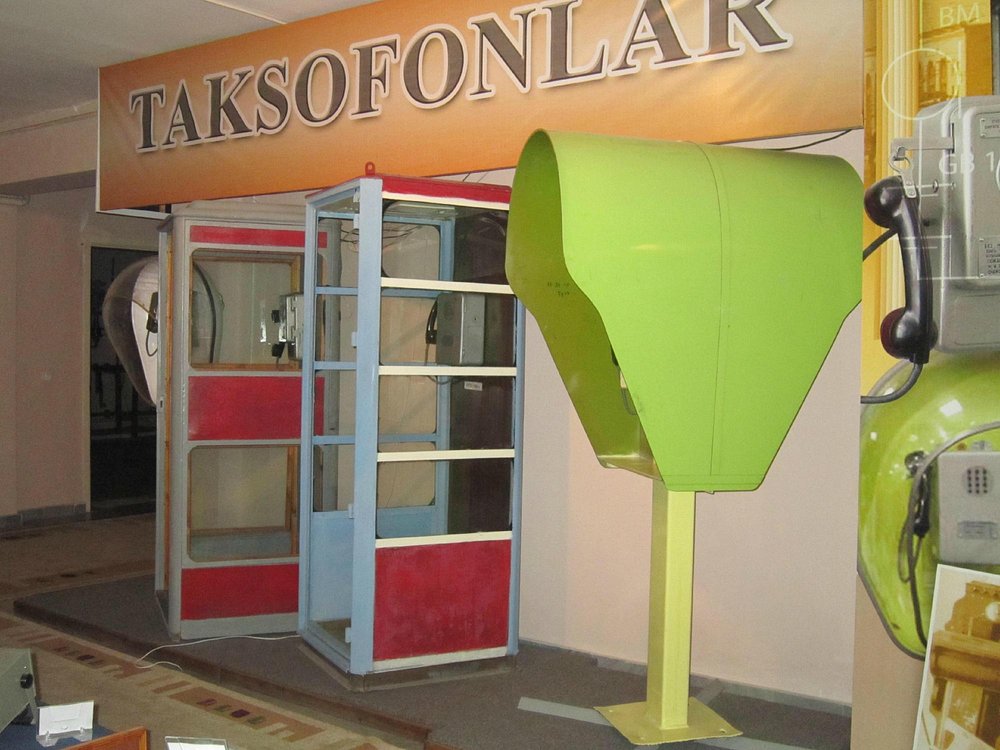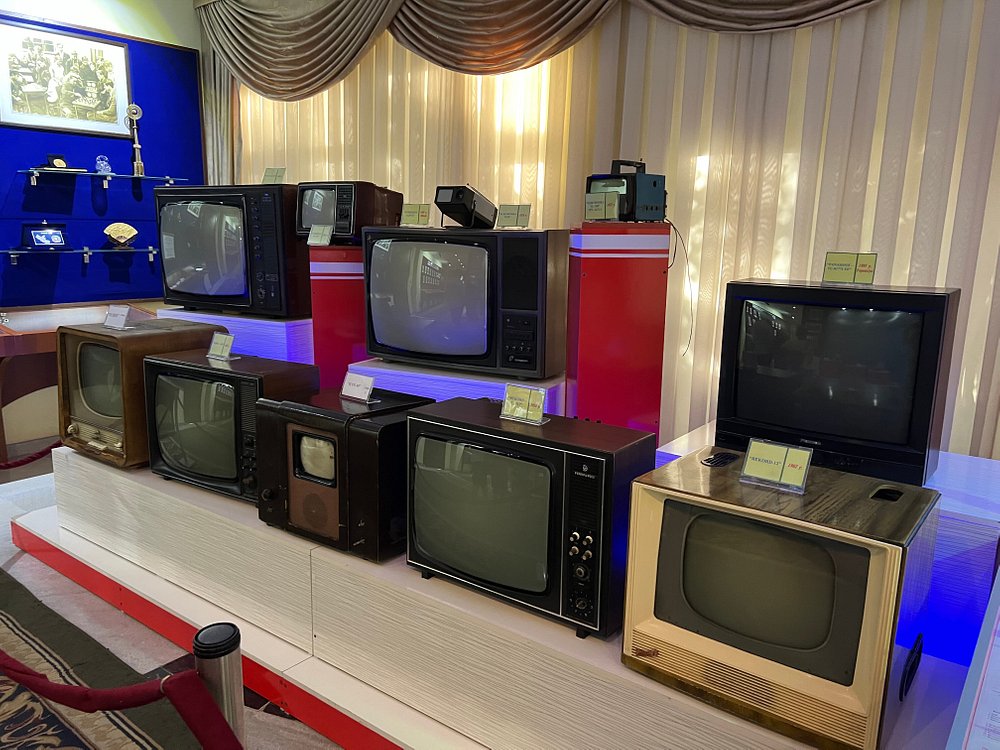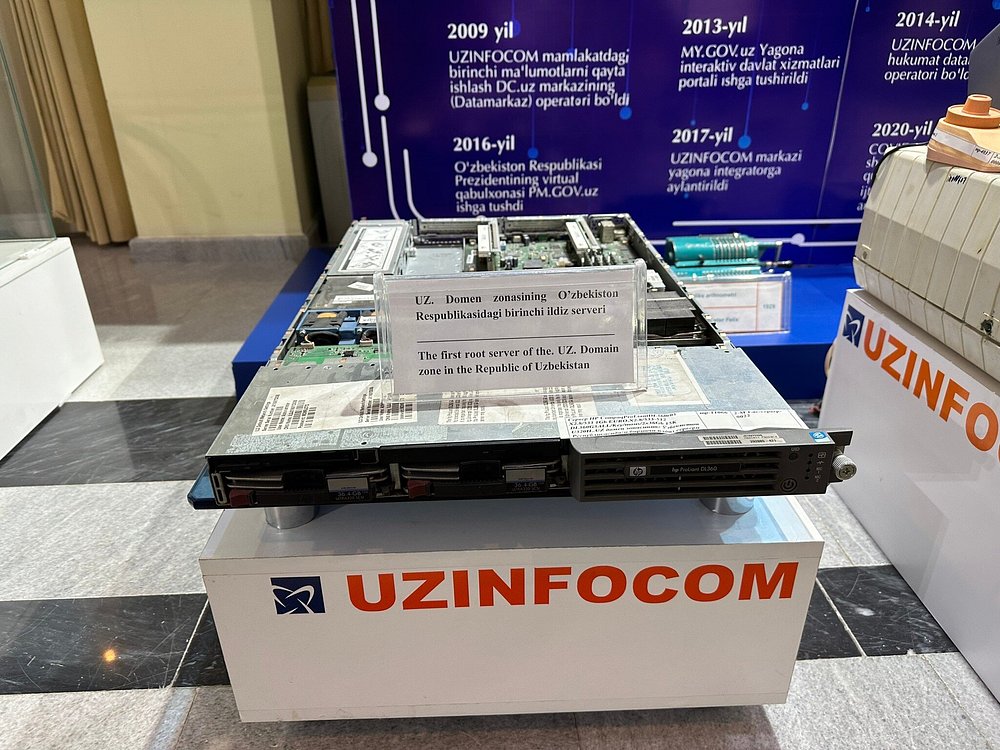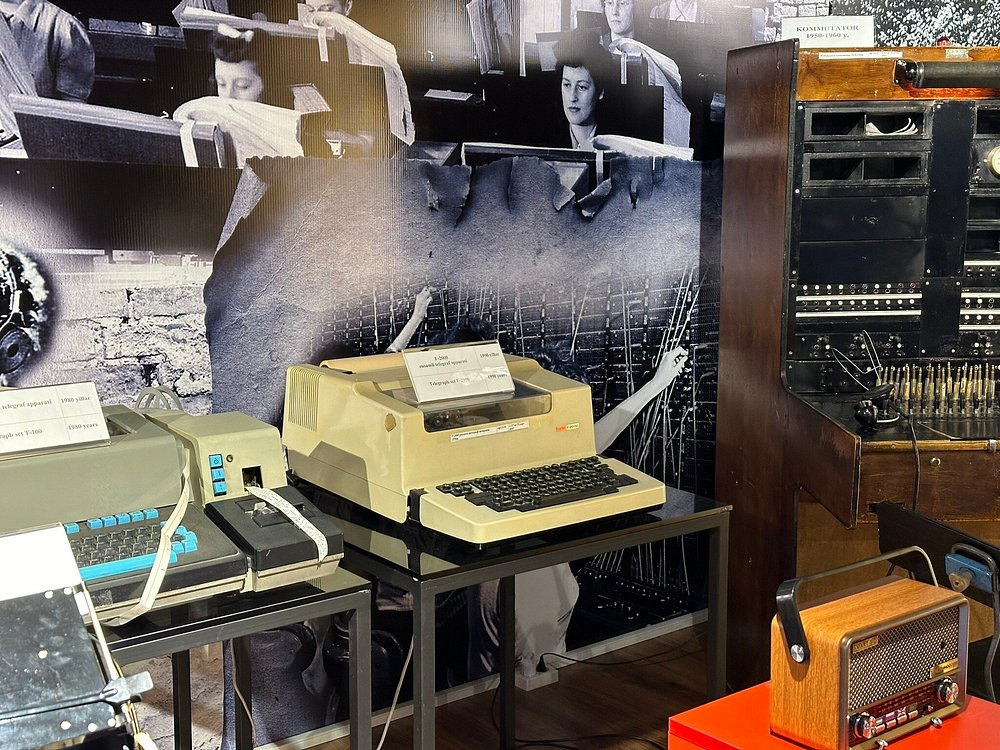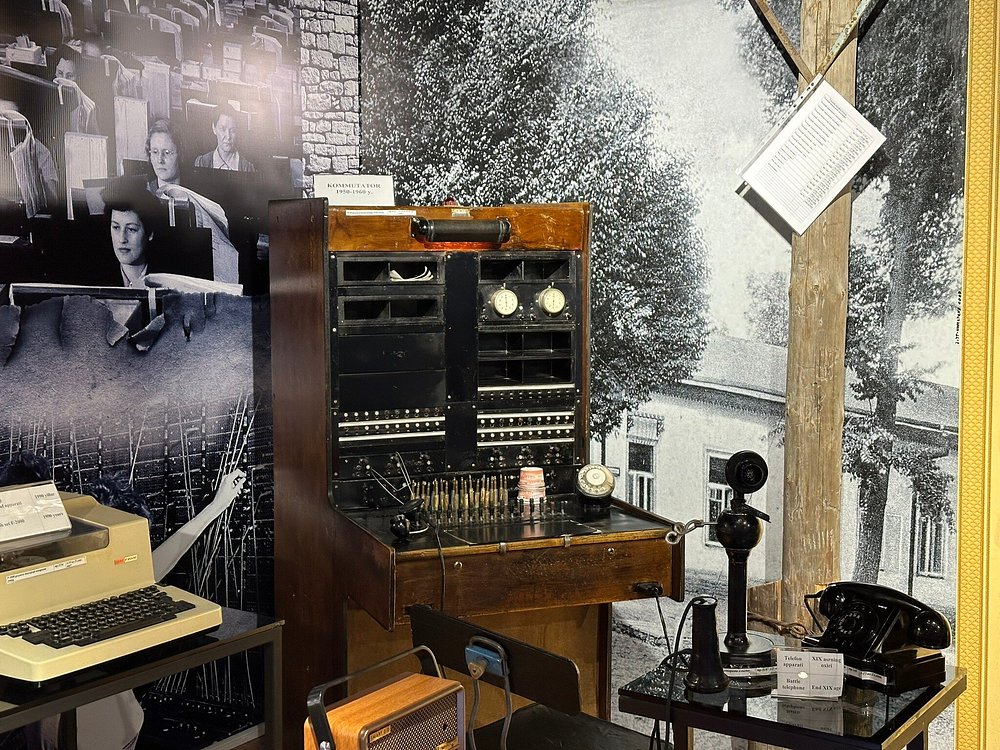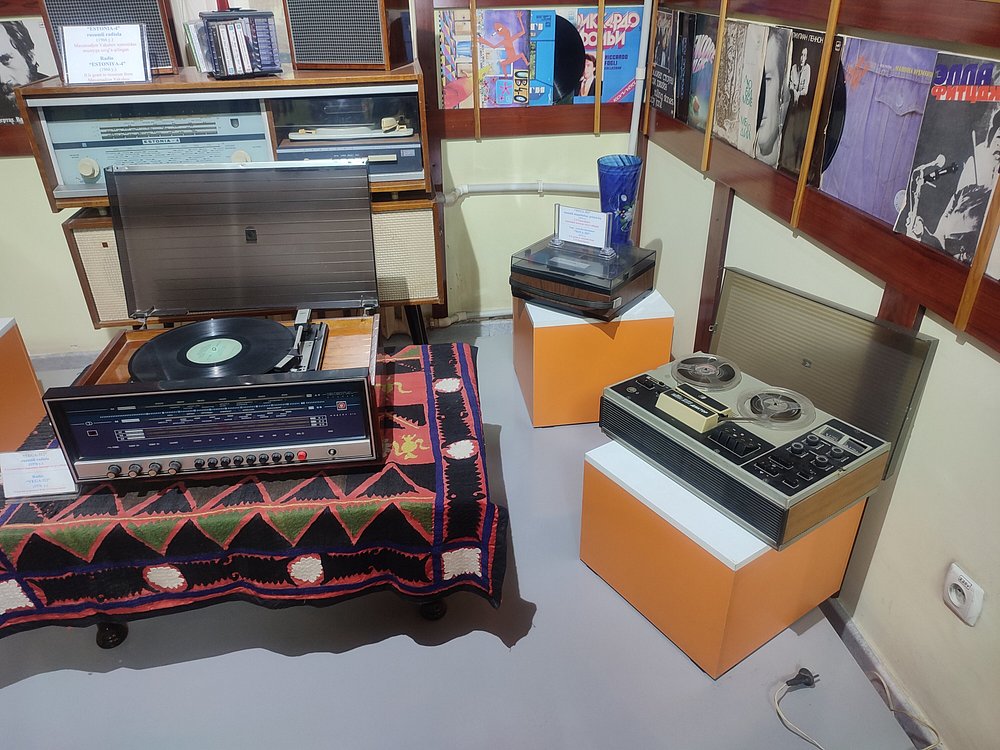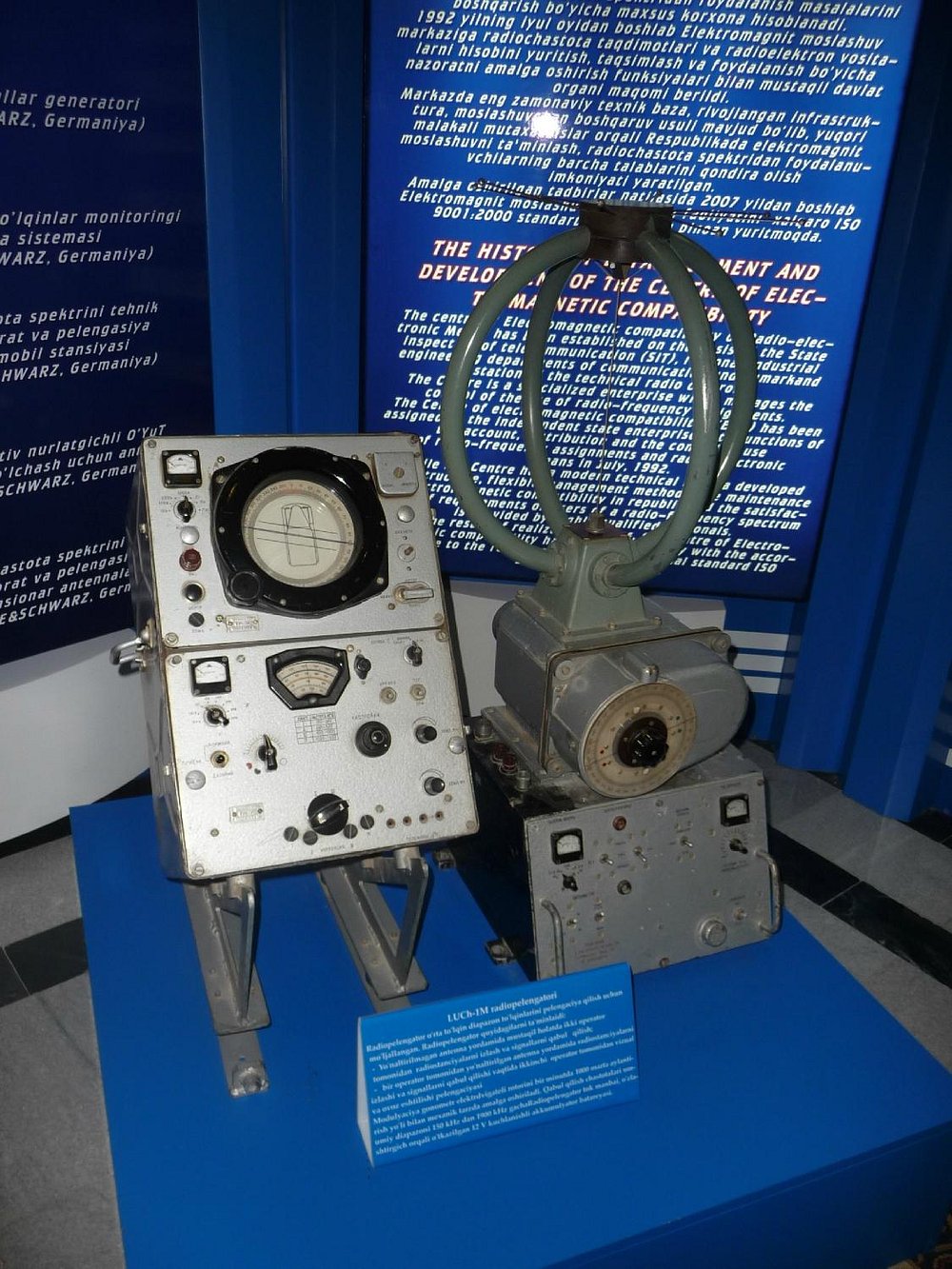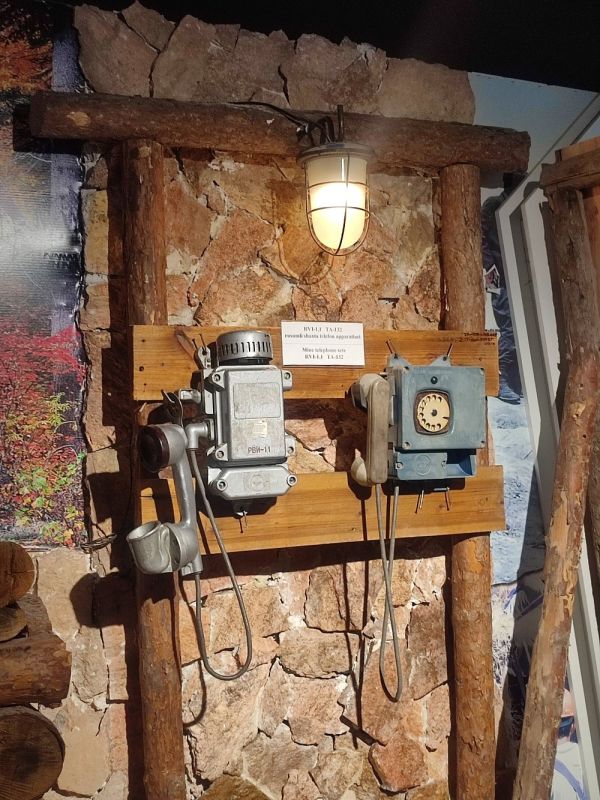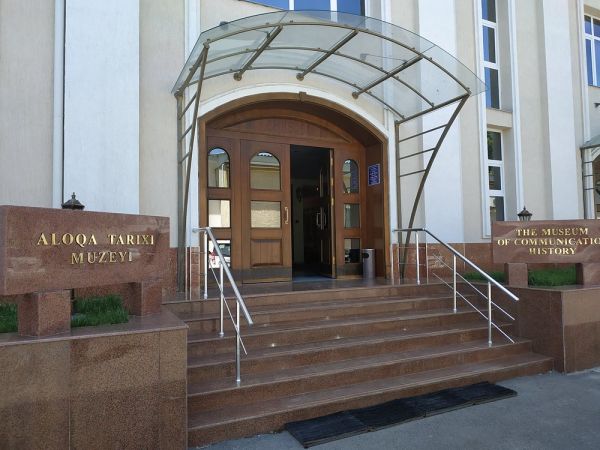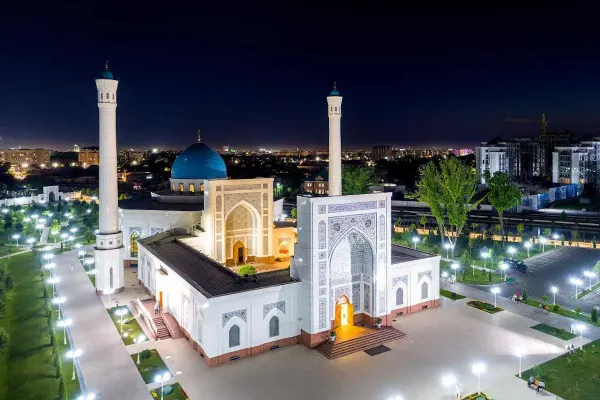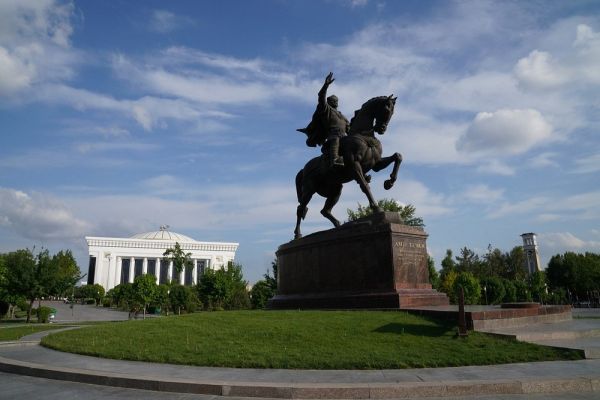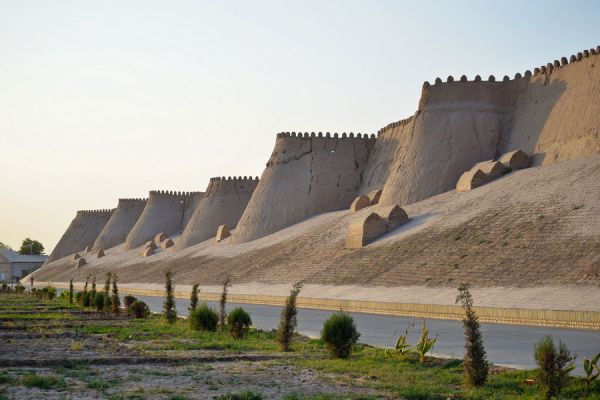Museum of the History of Communications of Uzbekistan
The Museum of the History of Communications of Uzbekistan is one of the largest and most famous museums in Tashkent. His rich collection is devoted to the development of communication technologies both in Uzbekistan and around the world. The museum's exposition covers the long history of various communication methods from the most ancient to modern telecommunication systems.
The museum will be interesting for both adults and children, as the fascinating museum exhibits represent real objects of communication, such as a postman's bag from the beginning of the last century or a huge mail wagon that was used several centuries ago. Or, for example, old computers that children will be interested in comparing with their modern mobile devices. And most importantly, many objects can even be touched, which only adds to the interest of small visitors.
History of the museum
The modern three-storey museum building appeared in 2009 on the initiative of the Uzbek Communications Agency. More than 400 exhibits were collected thanks to the great support of the public, so the museum's collection includes many valuable historical objects taken from private collections. Most of the exhibits are made up of exhibits donated by Uzbekistan's leading mobile operators.
Now, in addition to the permanent exhibition, the museum also holds temporary exhibitions, presenting new exhibits. For example, anyone who is associated with communication technologies can organize their own personal exhibition in the museum. The museum is actively engaged in an educational program and, in addition to exhibitions, holds lectures and open seminars for young professionals, scientists and museum visitors.
The exposition
The museum's exposition is spread over three floors and guides visitors through the halls in chronological order, from ancient ways of communication to modern technologies. For example, you can look at how signal signs were used to protect the ancient fortress of Uzbekistan. It's hard to believe that communication used to come from bonfires, smoke, and sunlight.
Museum visitors can get acquainted with the stories of high-tech industry enterprises included in the UzASI structure, as well as the leading mobile operators of Uzbekistan. They will learn how the post office worked several centuries ago and what contributed to its development. Most of the exhibition is devoted to the history of the development of telephone communication in Uzbekistan. At the stands dedicated to Uzbekistan, you can see: collections of postage stamps issued in Uzbekistan during the years of independence, postcards of the 19th century, as well as telephones that are more than 60 years old. Special attention should be paid to the real cell phone from which the first phone call was made in Uzbekistan — President Islam Karimov called it in 1992.
One of the most popular exhibits of the museum is the tree of the historical development of Russian telecommunication technologies, where you can view all the stages of the creation and formation of communication technologies. Part of the exhibition is devoted to the development of television in Uzbekistan. It contains various brands and series of televisions that fully reflect the development of domestic television. For example, here you can see a rare TV model — KVN-49.
It will also be interesting to look at the traditional attributes of postmen of the past centuries, such as samples of seals, stamps, postmarks, bags and garments. And at the entrance to the museum, everyone can see a real-size mail wagon that has been used as a mail distributor for several centuries.
For particularly interested visitors, the museum has organized a special interactive program. In some halls of the museum there are TV screens that broadcast a video dedicated to the history and exposition of the museum. The museum also periodically hosts open seminars, lectures, and discussions between telecommunications specialists, scientists, and visitors.
